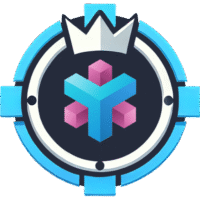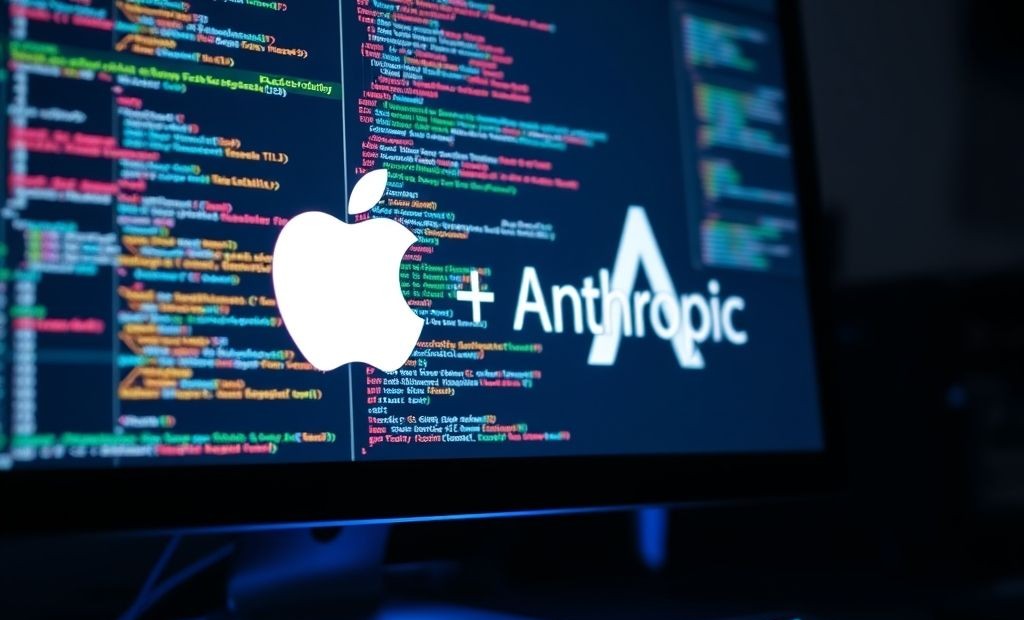Breakthroughs in AI Experiments: Pushing Boundaries
Artificial intelligence is rapidly evolving, and recent experiments are showcasing its expanding capabilities. These advancements are not just incremental improvements; they represent significant leaps forward, altering what’s possible with AI. Let’s delve into some of these exciting breakthroughs that are reshaping our understanding and application of AI.
The Rise of Generative AI Models
One of the most prominent areas of advancement is in generative AI models. These models can create new content, from images and text to music and code. These experiments are allowing us to see how well the machines can emulate human creativity. Tools such as OpenAI’s DALL-E 2 and ChatGPT showcase remarkable progress in this domain.
Text Generation Advancements
Models like Google’s Vertex AI and Cohere have demonstrated incredible abilities in generating human-quality text. They can write articles, summarize documents, translate languages, and even generate different kinds of creative content. These models are trained on vast amounts of text data, allowing them to understand and replicate complex language patterns. Also, Microsoft 365 Copilot can assist you in summarizing a long email thread, drafting suggested replies, or creating presentations from existing documents.
Image and Video Generation
AI can now generate high-resolution images and videos from textual descriptions. Imagine providing a text prompt and receiving a photorealistic image or video clip in return. This technology has the potential to revolutionize creative industries. Tools like Stable Diffusion and RunwayML are at the forefront of this innovation. You can explore these tools and start creating fantastic digital art today.
Reinforcement Learning Breakthroughs
Reinforcement learning (RL) involves training AI agents to make decisions in an environment to maximize a reward. Recent breakthroughs in RL have led to significant advancements in robotics, game playing, and autonomous systems.
Robotics and Automation
RL algorithms are now used to train robots to perform complex tasks, such as grasping objects, navigating environments, and even performing surgical procedures. These robots can learn from their mistakes and adapt to changing conditions, making them incredibly versatile. Companies like Boston Dynamics are developing advanced robots using these techniques.
Game Playing
AI has achieved superhuman performance in various games, including chess, Go, and StarCraft II, thanks to RL. These AI agents can learn complex strategies and tactics by playing against themselves or human opponents. DeepMind‘s AlphaGo is a prime example of the power of RL in game playing.
Advancements in Natural Language Processing (NLP)
Natural Language Processing (NLP) is crucial for enabling machines to understand, interpret, and generate human language. Recent breakthroughs in NLP have led to more accurate and efficient language models.
Improved Language Understanding
AI models can now understand the nuances of language, including sentiment, context, and intent, with greater accuracy. This allows them to perform tasks such as sentiment analysis, topic extraction, and question answering more effectively. Hugging Face’s Transformers library has played a significant role in democratizing access to state-of-the-art NLP models.
Enhanced Language Generation
NLP models can generate more coherent, relevant, and engaging text. This has applications in chatbots, content creation, and automated customer service. The evolution of models such as Meta’s LLaMA 3 demonstrates the ongoing advancements in language generation.
Ethical Considerations in AI Experiments
As AI becomes more powerful, it’s crucial to consider the ethical implications of its use. This includes addressing biases in AI models, ensuring fairness and transparency, and protecting privacy. Researchers and developers must prioritize ethical considerations to prevent unintended consequences.
- Bias Mitigation: Implementing techniques to reduce biases in training data and AI algorithms.
- Transparency and Explainability: Developing AI models that are easier to understand and interpret.
- Privacy Protection: Using techniques like differential privacy to protect sensitive data.
Final Overview
The breakthroughs in AI experiments are paving the way for a future where AI plays an even more significant role in our lives. From generative AI models to reinforcement learning and advancements in NLP, the possibilities are endless. However, it is also crucial to address the ethical considerations to ensure that AI is used responsibly and for the benefit of all. Embrace these new tools and use them to help your creative process. Explore the new possibilities and start experimenting with the new advances of AI!











